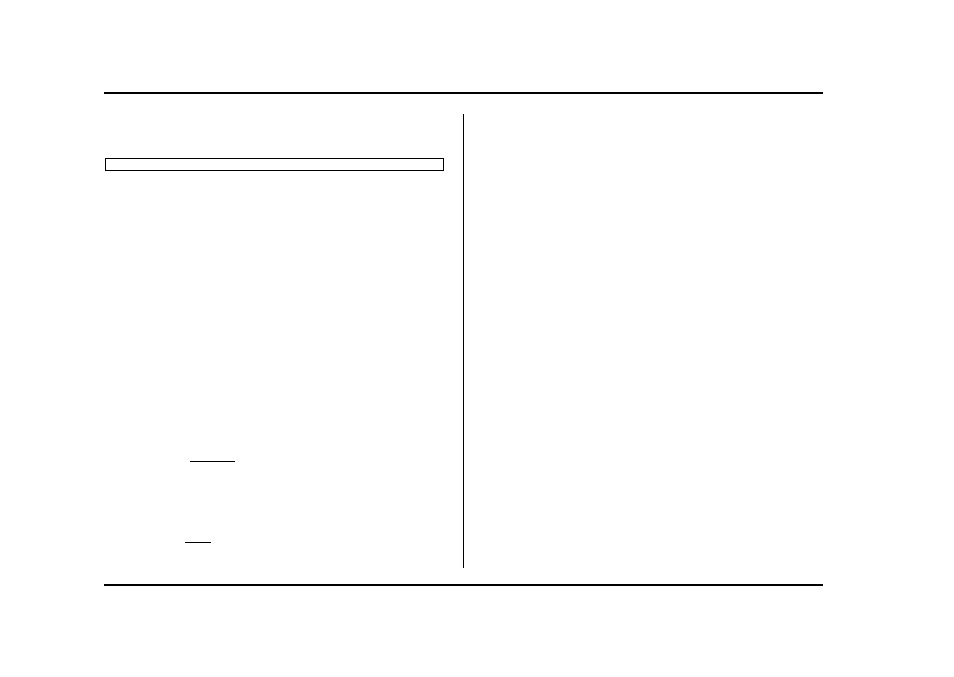Subaru 2004 Impreza User Manual
Page 277

7-8
Starting and operating
inspection program or its contractors or licens-
ees.
The EPA has issued regulations for inspecting the On-
Board Diagnostic (OBD) system as part of the state
emissions inspection. The OBD system is designed to
detect engine and transmission problems that might
cause vehicle emissions to exceed allowable limits.
These inspections apply to all 1996 model year and
newer passenger cars and light trucks. Several states
plus the District of Columbia have opted to start the
OBD system inspection prior to the required EPA reg-
ulation effective date of January 1, 2002. Other states
will add OBD system inspection in 2002.
"
The inspection of the OBD system consists of a vi-
sual operational check of the “CHECK ENGINE” warn-
ing light/malfunction indicator lamp (MIL) and an ex-
amination of the OBD system with an electronic scan
tool while the engine is running.
"
A vehicle passes the OBD system inspection if
proper the “CHECK ENGINE” warning light/MIL illumi-
nation is observed, there is no stored diagnostic trou-
ble codes, and the OBD system readiness monitors
are complete.
"
A vehicle fails the OBD inspection if the “CHECK
ENGINE” warning light/MIL is not properly operating
or there is one or more diagnostic trouble codes stored
in vehicle’s computer with the “CHECK ENGINE”
warning light/MIL illuminated.
"
A state emission inspection may reject (not pass or
fail) a vehicle if the number of OBD system readiness
monitors “Not Ready” is greater than three. Under this
condition, the vehicle operator should be instructed to
drive his/her vehicle for a few days to set the monitors
and return for an emission re-inspection.
"
Owners of rejected or failing vehicles should contact
their Subaru Dealer for service.